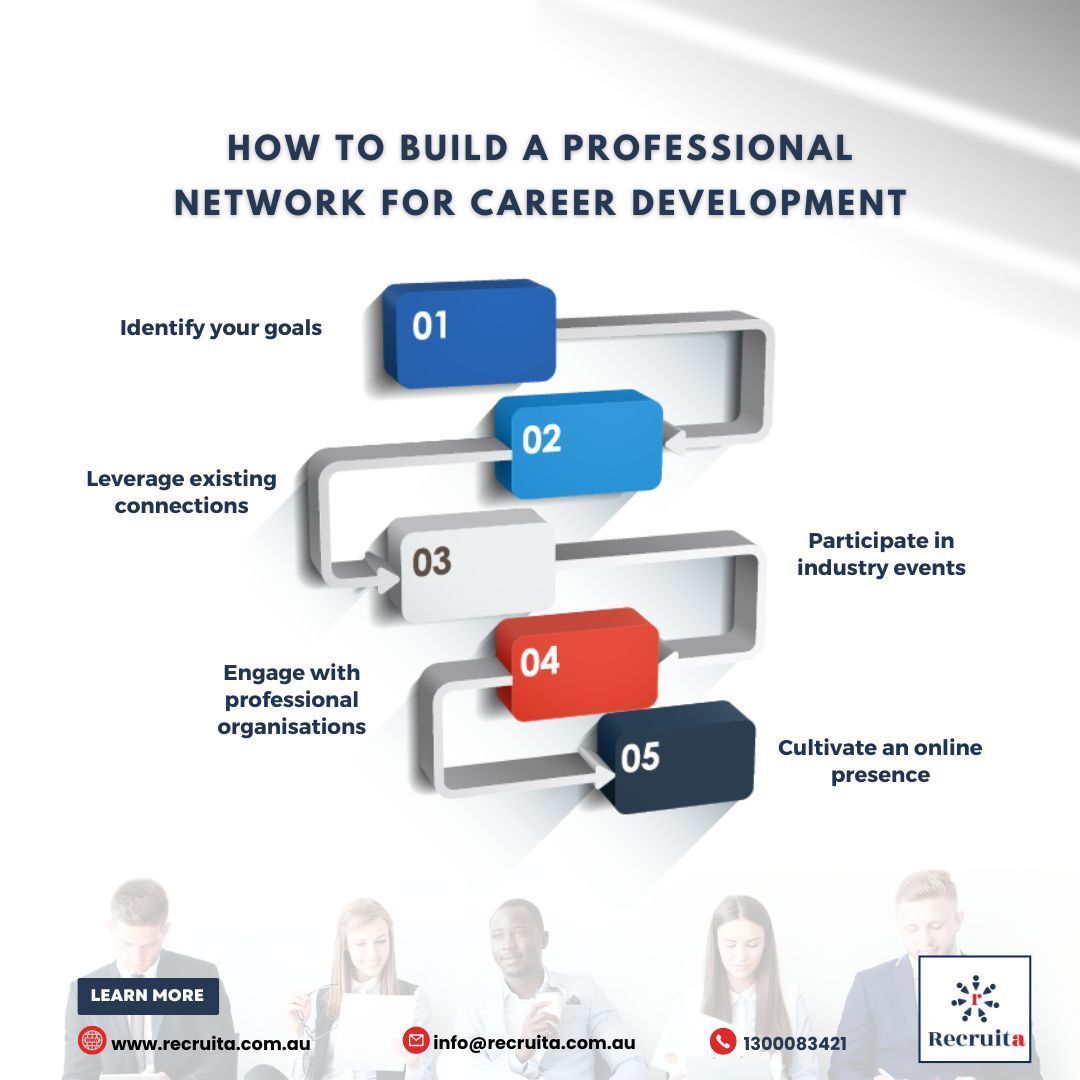Approvals Made Easy: Solving the Problem of Job Requisitions for Recruiters

Are you a recruiter who's feeling overwhelmed with job requisitions? You're not alone! Job requisitions can be a real headache for recruiters, especially when they're dealing with multiple requisitions at once. In this article, we will explore some common challenges recruiters face when it comes to getting approvals of job requisitions and how the approval process can be optimized to be as simple and effortless as possible.
Understanding Job Requisitions
Before we get into it all, let’s first understand what job reqs they are. A job requisition is a formal request made by an organization to fill an open position. The request contains all the details of the position, including job title, job description, required qualifications, salary range, and other relevant information. The requisition is usually created by the hiring manager or the recruiter and serves as the foundation for the entire recruitment process. After it has been created, it has to be reviewed and approved by the relevant stakeholders before the hiring process can continue. The job requisition is then used to advertise the position and attract candidates.
If you are reading this article, you already know the importance of a well-written job requisition as a starting point of the recruitment process. By specifying the exact job description and setting certain standards for a particular position, job requisitions help streamline the recruiting process and make better budgeting and forecasting decisions, as well as making sure that all parties involved in the process are on the same page. This leads us to one of the biggest problems in the process of approving job requisitions – communication.
The main problem with job requisitions
As a recruiter, you understand the importance of filling job vacancies on time. However, before you can start advertising the position on job boards and attracting candidates, you need to get approval for the job requisition – and that is where the main problem lies.
The approval process typically involves multiple stakeholders and layers of bureaucracy. For example, you might need approval from the hiring manager, HR, finance, and even the CEO. Each of these stakeholders may have different priorities and requirements, which can lead to delays and misunderstandings.
If the communication and cooperation between recruiters and other stakeholders involved in the process are not streamlined, efficient, and overall easy, the whole process can be very time-consuming and frustrating – especially for recruiters. Moreover, job requisitions often require a lot of paperwork and documentation, such as job descriptions, salary ranges, and candidate profiles. Gathering all of this information can be time-consuming, and it's easy to miss a critical detail that could cause further delays.
Your typical approval workflow
Let’s picture this hypothetical situation. A need for a vacancy at a department within your company has been identified and a job requisition has been created by the hiring manager and sent your way. Or you created it yourself based on their demands. Great. Now comes the hard part – getting it approved by the relevant stakeholders.
First, you have to identify the approvers. Who are they? How many of them are there in the process? If it is just one, lucky you. But most of the time, that is not the case as there are often several stakeholders on different levels of management that could be difficult to get a hold of. Especially in large companies.
Let’s say you identified them. Now is the time to send them the job requisition you have prepared but they don’t reply right away. Sometimes you wait days or even weeks for their reply, followed by a ton of back-and-forth emails between them requiring some modifications to the requisition or just having questions and you trying to address them. Along the way, you most likely need to remind them to take action, since they have a lot of other things going on, and keep track of all the parties involved to be up to date with the approvals you got and the ones you did not. Sometimes handling multiple requisitions simultaneously and tracking all of it through endless Excel spreadsheets and dozens of emails and forms, trying to keep up with everything.
Does this scenario sound familiar? This kind of workflow can be very tiring and ineffective and leads to the frustration of several involved parties, especially the recruiter, and at the same time unnecessarily prolongs the overall time to fill the position.
What can you do to streamline the hiring process?
So, what is the solution to this nagging problem? Well, there are several important factors that play a part in the approval process of a job requisition.
Clearly defining the process, standardizing the requisition form, defining the roles and responsibilities of stakeholders and establishing good communication with the approvers, setting timelines, and carefully documenting everything are critical to a good and efficient job requisition process.
However, these are some general and logical guidelines to optimize the requisition approval process, leaving you with the difficult task to make sure everything goes to plan. But there is one thing that can really change the game and streamline the whole process immensely without you having to worry about everything. And it is pretty simple – automation!
How TalentLyft can help you get approvals as fast as possible
Imagine having software that lets you create, manage and approve all requisitions in one place. And everyone who takes part in the process has access to it and immediately knows what they have to do based on the stage the requisition is in without you having to do anything. Well, that’s exactly what TalentLyft does with its Job Requisitions feature.
By doing research on quite a few different companies and talking to recruiters about the process they have to go through every time an approval is needed, we realized that all of them experience the same troubles over and over again.
By carefully identifying their pain points we tailored our tool to meet recruiters’ needs and address all of the common problems with job requisitions.
From creating job requisitions, customizing approval workflows, and sending the reqs for approval to tracking the status of each requisition in real-time and discussing the requisitions with the approvers, you can do it all in one place with no more than a few clicks.
Create a job req with all the relevant information fast and easy
TalentLyft lets you create a Job Requisition from scratch based on the usual necessary information such as Head count, Salary, and Reason for Hiring and send them for approval right away to the approvers you have previously determined. You can also add any other details you believe are relevant to the approvers.
Set the approval workflow and forget about it
If there is an established approval workflow in your company, you can set it to be the default workflow for any future requisitions so you don’t have to worry about it again. Every time you create a job requisition, the proper workflow will be picked automatically. If needed, you can always create an additional one for a certain position.
Resolve any issues right away - hassle-free
Approvers will receive a link to access the board where they will see all the requisitions they need to approve along with all the details necessary. If they have any additional requests or questions, they can leave a comment on the req which everyone involved in the process can see and address, including the recruiter, hiring manager, and other approvers.
Keep track of all requisitions on one page
The tool lets you see all the requisitions that have been created and their current status which shows what stage of the process they’re in along with the approvers that have or have not granted their approval, and the ones that are still pending.
With the ability to create, customize, and track job requisitions in one centralized location, you can save time and reduce the risk of delays, errors and miscommunication, and streamline the job requisition process to help yourself and your organization increase efficiency and productivity.
Most importantly, it lets you focus your efforts on finding and hiring the best talent for your team rather than wasting time and effort trying to manually get everything done.
The Job requisition is our Pro feature that is also available as an add-on for all Starter plans. Contact us or book a quick demo to see Job requisitions and other TalentLyft’s amazing tools in action.
Frequently asked questions
What is a job requisition and its significance in recruitment?
A job requisition is a formal request to fill a position, detailing the job description, qualifications, salary range, and more, serving as the cornerstone of the recruitment process.
Why is the approval process of job requisitions often challenging?
Approval involves multiple stakeholders with different priorities, leading to potential delays and communication breakdowns, making the process time-consuming and complex.
What are key elements for an efficient job requisition approval process?
An efficient process includes a clear definition, standardized forms, well-defined stakeholder roles, effective communication, set timelines, and thorough documentation.
How does automation revolutionize the job requisition approval process?
Automation through platforms like TalentLyft streamlines the process, allowing the creation, management, and approval of requisitions in one place, enhancing efficiency and productivity.
What features does TalentLyft offer to simplify job requisition approvals?
TalentLyft offers features for creating requisitions, customizing approval workflows, real-time status tracking, and centralized communication, ensuring a smooth and efficient approval process.
Source: https://www.talentlyft.com/en/blog/article/481/approvals-made-easy-solving-the-problem-of-job-requisitions-for-recruiters



